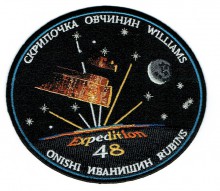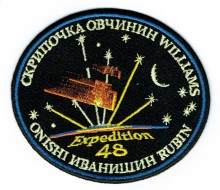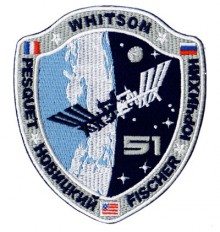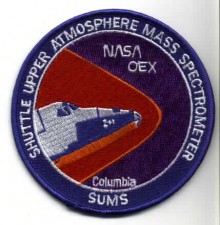Galileo was an unmanned NASA spacecraft which studied the planet Jupiter and its moons, as well as several other solar system bodies. Named after Renaissance astronomer Galileo Galilei, it consisted of an orbiter and entry probe. It was launched on October 18, 1989, carried by Space Shuttle Atlantis on the STS-34 mission. Galileo arrived at Jupiter on December 7, 1995, after gravitational assist flybys of Venus and Earth, and became the first spacecraft to orbit Jupiter. It launched the first probe into Jupiter, directly measuring its atmosphere. Despite suffering major antenna problems, Galileo achieved the first asteroid flyby, of 951 Gaspra, and discovered the first asteroid moon, Dactyl, around 243 Ida.
At the time, Solar panels were not practical at Jupiter's distance from the Sun (it would have needed a minimum of 65 square metres (700 sq ft) of solar panels). Chemical batteries would likewise be prohibitively massive due to the technological limitations. The solution was two radioisotope thermoelectric generators (RTGs) which powered the spacecraft through the radioactive decay of plutonium-238. The heat emitted by this decay was converted into electricity through the solid-state Seebeck effect. This provided a reliable and long-lasting source of electricity unaffected by the cold environment and high-radiation fields in the Jovian system.
- Log in to post comments






